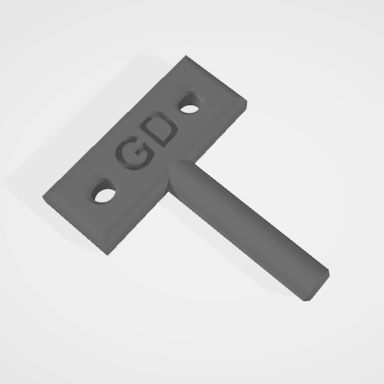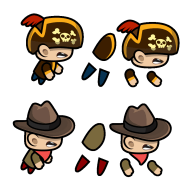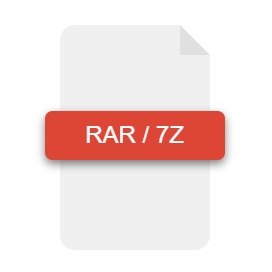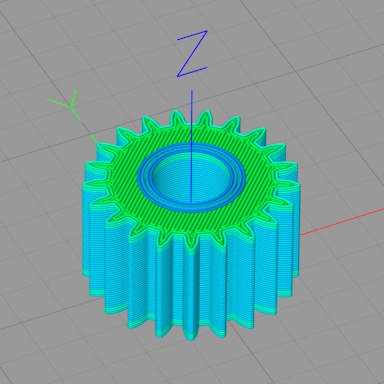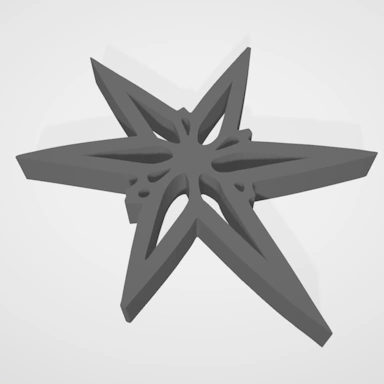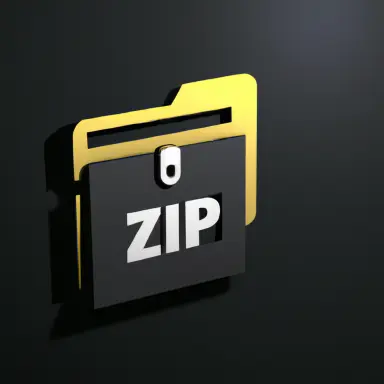GLTF file format information
| Extension | GLTF |
| Full Name | Graphics Language Transmission Format |
| Type | 3D Model |
| Mime Type | model/gltf-binary |
| Format | Text |
GLTF files are the plain text JSON equivalent of the GLB 3D file format developed and maintained by the Khronos Group. GLTF files are designed to be an open and expandable 3D format that can store 3D graphics and their assets, such as textures, animations, and more.
The content of a GLTF file is stored as plain text using a JSON data structure, which enables efficient storage of 3D modelling data. Large and complex 3D scenes can lead to inflated file sizes; where this is an issue, it is recommended to switch to the binary GLB format to help reduce the file size.
Due to their open format, GLB files are widely supported by 3D editing software. The format has gained traction amongst videogame developers and other 3D artists as a primary means of exchanging 3D data between different applications.
Repairing a GLTF File
GLTF 3D Model File Header Data
As is common amongst 3D model file formats, GLTF file formats may contain data within their header to help identify the type of file should the filename extension prove to be inaccurate or missing. With the header data from the GLTF 3D model file, we are able to determine core information such as object count, vertex count, faces, textures, and other information, which can then be used to check the validity of the file.
Vertices, Faces and Geometry
This data forms the core element of any GLTF model and, if damaged, cannot be easily recovered. Our GLTF repair tool will try its best to repair and reconstruct any 3D model file it detects to be missing geometric data.
Textures
With some 3D model file formats, such as GLTF, textures are stored as separate files. If these are missing, they will not be able to be restored. Our tool will detect these external texture file references and ignore them. For other formats where the textures are embedded within the main 3D model file, these will be repaired where possible.

